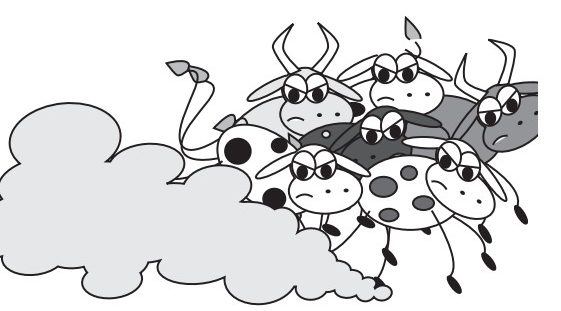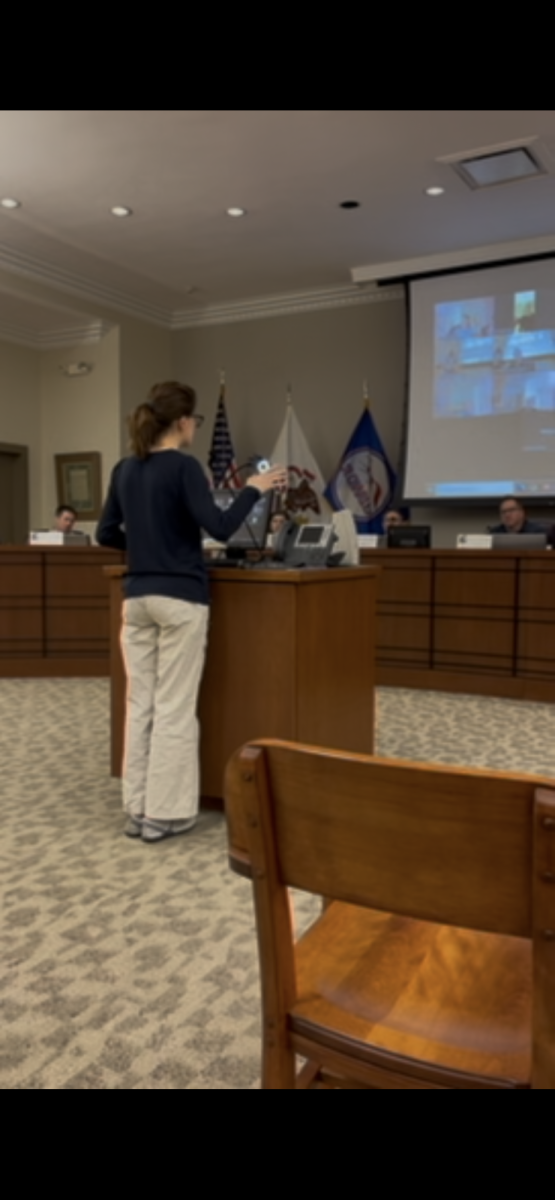Introduction
This month marks 45 years since former President Jimmy Carter issued the first proclamation for an Asian American and Pacific Islander week. What was once a week has become a month of celebration of Asian/Pacific contributions to American society. The month of May was chosen because of the completion of the Transcontinental Railroad by many Chinese Americans and the first Japanese immigrant who came in May of 1849. Asia is an extremely diverse continent with many different languages, cultures, religions, and people. Its diversity plays a key role in our pluralism of immigration stories and experiences today. Having a month, week, or day to commend or condemn something does not limit its value for the rest of the year, it simply observes a time to recognize its importance.
Assimilation & Xenophobia
The hardships of Asian-American immigrants were significant as many came here with no money in their pocket, little to no proficiency in English and no family or community. The Chinese Exclusion Act in May of 1882 restricted many Chinese people from entering the United States. According to the Library of Congress, “Later, the 1924 Immigration Act would go even further, excluding all classes of Chinese immigrants and extending restrictions to immigrants from other Asian countries.” People who wanted to come often wanted to escape colonization, communism, religious persecution, war and poverty. The dreams of everlasting opportunities were often crushed because of how Asians were treated in the US. PBS mentions that Ellis Island allowed 12 million immigrants to come to the US. The hypocrisy of it is evident, restricting Asian Immigration while simultaneously allowing millions of Europeans to arrive for another 30 years.
The National Institute of Health mentions that it wasn’t until 1993 that the US Congress created a law requiring women and minorities to be subjects in clinical research. The sheer lack of medical research into these groups throughout American history leads to less effective medicines and health data on certain groups including Asian-Americans, especially Asian-American Women.
There were not just problems in immigration–Asians throughout history have been marginalized even in their own countries through colonization. “In the early 20th century, American officials in the Philippines, then a formal colony of the U.S., denigrated Filipinos for their supposedly unclean and uncivilized bodies,” PBS mentioned. Contemporary hate crimes exist too for South Asian and Arab populations. In the wake of the 9/11 terrorist attacks, some Americans thought the solution was to kill brown people because they happened to be of the same race as the terrorists. Washington Post explains how “In the aftermath of the Sept. 11, 2001, terrorist attacks, several Indian Americans were victims of violent hate crimes and xenophobic rhetoric, with the Sikh community targeted in particular.” According to The Hill, 4.5 million people died in the Middle East as a result of the 9/11 terrorist attacks. According to FBI statistics, “Hate crimes against Muslims in the United States skyrocketed immediately after Sept. 11, 2001, and are still on an upward trend.” The terrorist attacks carried out by Al Qaeda were extremely wrong and inexcusable, but did that mean that millions of innocent brown people should have been brutally murdered in response?
The Japanese-American struggle during World War II was inhumane with the use of internment camps. The National Archives explains how after the Japanese attack on Pearl Harbor in 1941, “all Japanese-Americans within varied distances from the Pacific coast were targeted. Unless they were able to dispose of or make arrangements for care of their property within a few days, their homes, farms, businesses, and most of their private belongings were lost forever.” If you did not comply, you would go to prison and pay a $5,000 fine. The large Japanese community on the West Coast was unfairly criminalized and imprisoned for three years for supposedly working with the Japanese government to carry out the attack in Hawaii.
Contemporary issues also affected other East and Southeast Asians, for in the midst of a global pandemic came hatred. Pew Research explained the statistic that, “About one-third of Asian adults (32%) say they personally know an Asian person in the U.S. who has been threatened or attacked because of their race or ethnicity since the COVID-19 pandemic began in 2020.” The Chinese government should have shut down when the outbreak first occurred so it wouldn’t kill three million people, but that has nothing to do with the citizens of a foreign country who happen to be of the same race and may not even ethnically be connected to China. After 9/11, COVID-19, and other events that led to violence, many people felt that they had to prove their loyalty towards America.
According to the Asian American Education Project, “To highlight their patriotism, some South Asians would hang the American flag outside their homes or businesses, stop wearing turbans or hijabs, stop speaking their native language in public, or visited houses of worship less.” They later mentioned how “Americans began to view South Asian Americans as ‘un-American’ because of their skin color, ethnic garb, language, religion and other visible and invisible markers of cultural and ancestral identity. If you weren’t White, or more specifically, looked like one of the terrorists who attacked America, you were likely a terrorist, a terrorist sympathizer, or simply not American.” Directly after 9/11, 500 brown people died in an attack deeply rooted in newly formed prejudice. Changing identity to assimilate into “American culture” due to fears of hate crimes leads to people forgetting their roots and who they are.
Social Stigma
The Asian-American population continues to be perceived to be “over-achieving” or “intelligent.” These may seem like positive connotations to be associated with, and frankly, it can be at times. But what is left out of these stereotypes is the pressure of perceived success without inherent evidence. Imagine you had an older sibling who won an award, and now, you are expected to do the same when you are their ripe age. How would you feel? Perhaps it creates goals and motivation, but it can also create extreme stress. Now imagine you didn’t get that award, what would it do to you? Did you let down your family? Society? These scenarios of things expected out of you don’t always come with moderate consequences. The U.S. Department Office of Minority Health explains that “Suicide was the leading cause of death for Asian/Pacific Islanders, ages 15 to 24, in 2019.” No other ethnic group has suicide as their leading cause of death, and “Asian American males, in grades 9-12, were 30 percent more likely to consider attempting suicide as compared to non-Hispanic white male students, in 2019.” With terrible statistics like this, we must ask ourselves why. The answer is simple: if you are constantly bombarded by the ideology of extreme success, it can be detrimental when you don’t. Perhaps much of this comes from the hardships of immigrants and their want for their children to have what they never could achieve. Much of it may come out of love, but the consequences could be far worse than not getting an A+ on every test.
Achievements
The Asian-American community’s long history in the U.S. does not come without our achievements. Statistics show that Asian-Americans have become the largest making ethnic group in the nation. Asian-American success is evident and it will continue to be.
According to HISTORY, Amanda Nguyen, the daughter of Vietnamese refugees and a graduate of Harvard, made history when she “attempted to access information on her rights as the survivor of a sexual assault, and found it nearly impossible. So when she realized that there was no national legislation in existence establishing consistent rules, rights, and protections for individuals who have experienced sexual violence, she wrote it herself.” Nguyen went on to create the Sexual Assault Survivors’ Rights Act of 2016.
“This bill amends the federal criminal code to establish statutory rights for sexual assault survivors, including the right to: (1) not be prevented from receiving a forensic medical examination and not be charged for an examination; (2) have a sexual assault evidence collection kit,” Congress mentions. This helped millions of women across America have access to better healthcare and resources.
HISTORY mentioned that Larry Itliong, who came from the Philippines at 15, started working as a laborer on the west coast. He joined strikes and eventually became a union leader where he created the Filipino Farm Labor Union of 1956. He co-organized a grape strike where 1,500 Filipino grape pickers asked for better wages and working conditions. Itliong changed Filipino laborer’s lives forever.
Maya Lin, a Yale alumni born to Chinese immigrant parents, was an architect who is best known for her design of the Vietnam Veterans Memorial in Washington D.C., for 58,000 Americans who were killed in action, according to Brittanica. Her clever design from a satellite view appears as a scar in the ground to symbolize the eternal effects of war on human society. She faced criticism for being Asian while simultaneously creating a memorial for a war in Asia.
Ajay Bhatt of Indian descent invented the USB which is used in over 10 billion devices today, according to Insider. It has revolutionized technology and avoided the need for separate cords and floppy disks. Unfortunately, he did not make a dime off of it as he just worked for the company, but he said he couldn’t ask for anything more and was content. Bhatt now works to create more revolutionary technologies to continue to test the limits of humans.
Conclusion
When we look back at the rich story of Asian-Americans this month, it is important to recognize how far we have come in our fight for equality and how much we will continue to achieve. This doesn’t mean the fight is over; in fact, it is just beginning. Rather than just live in American society assimilated into the white culture to achieve great things, Asians are rising up and changing the system, not themselves as many have done for years. We are telling the world a simple message, “Not your model minority!”






